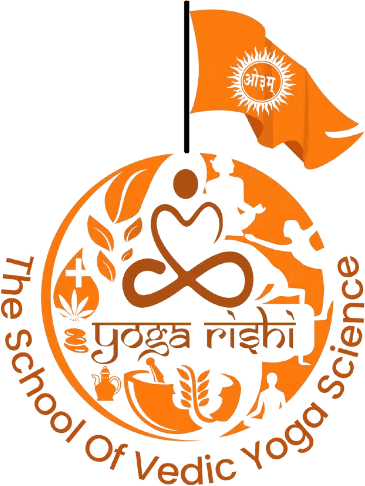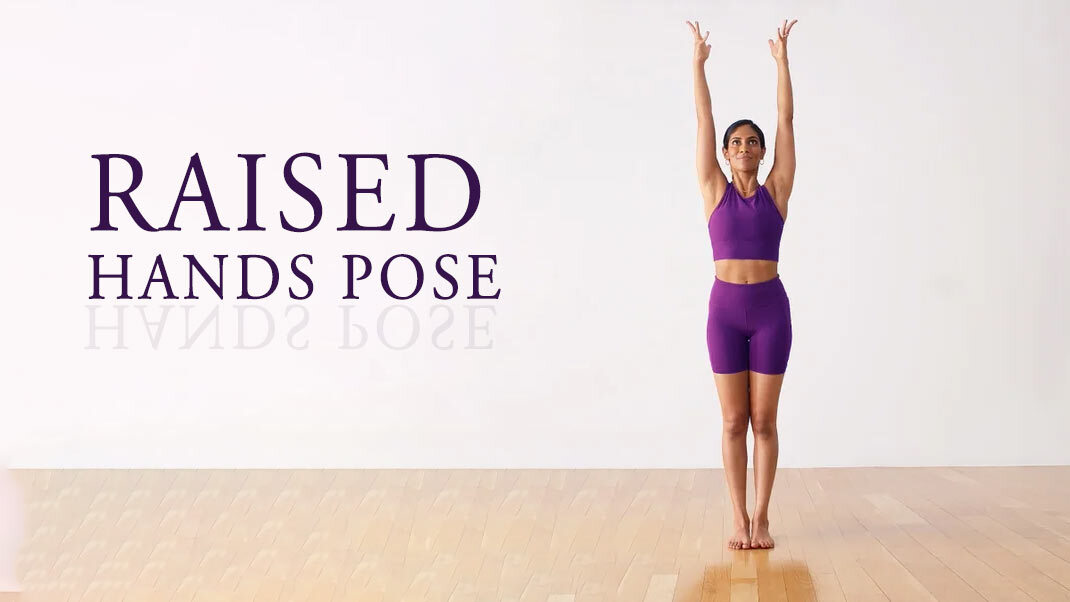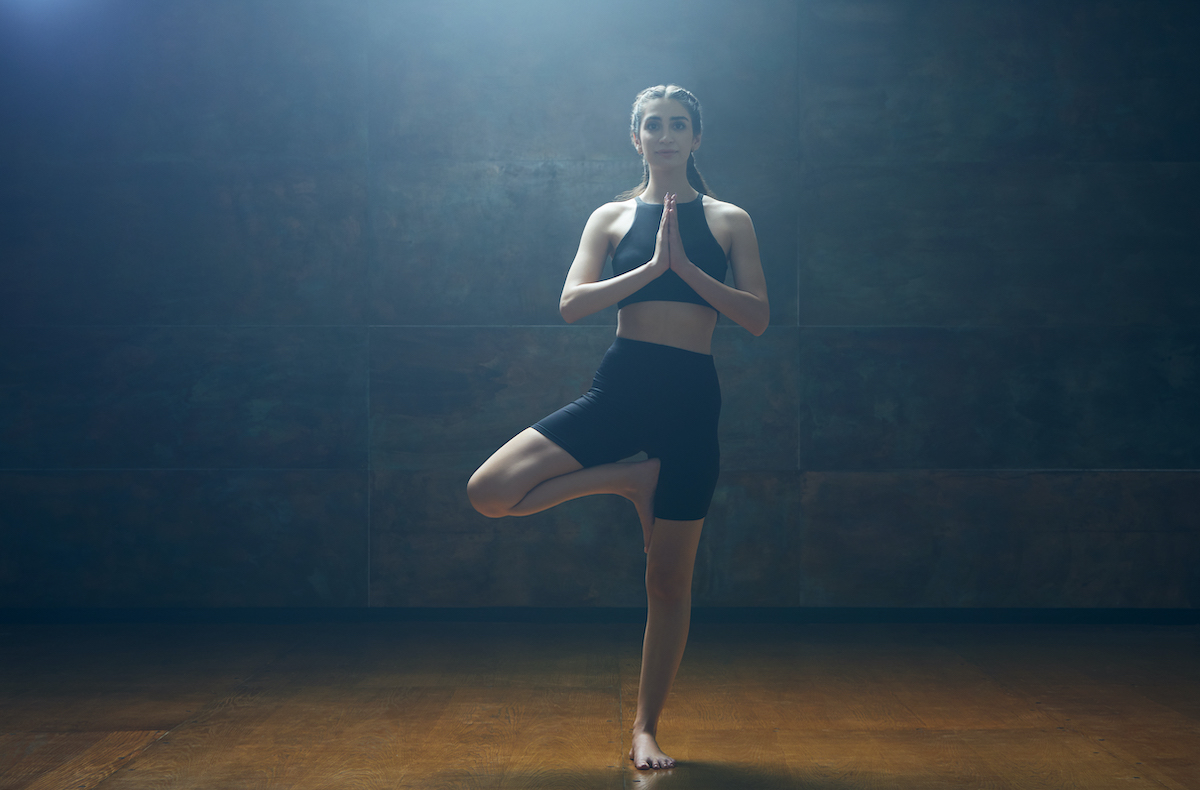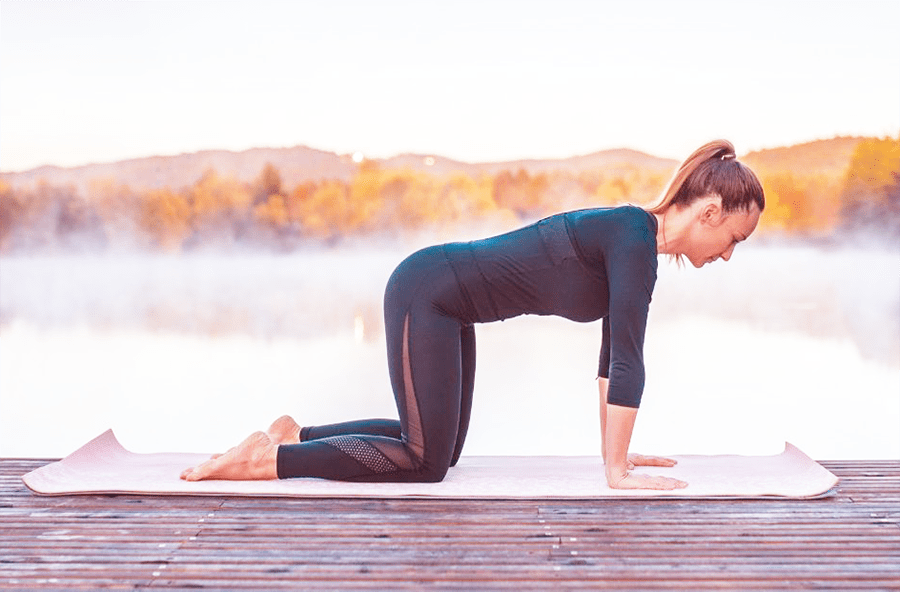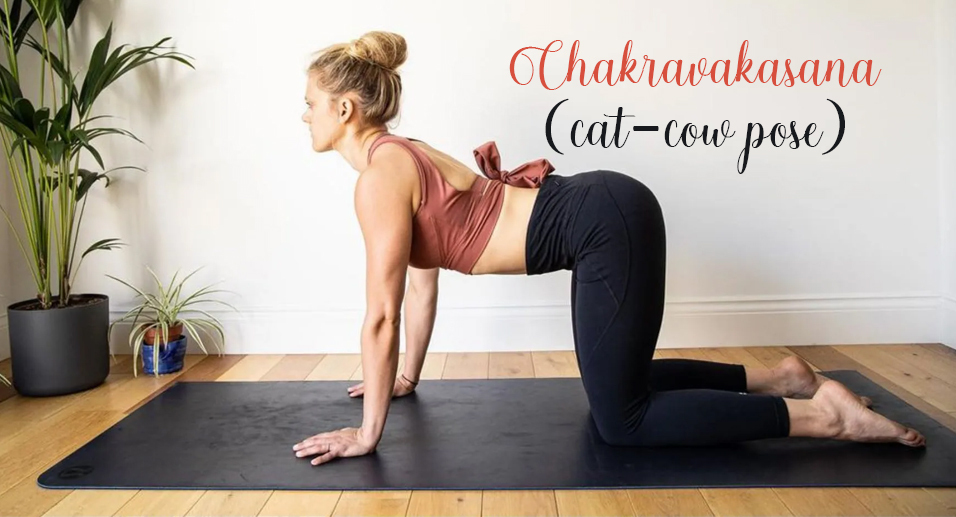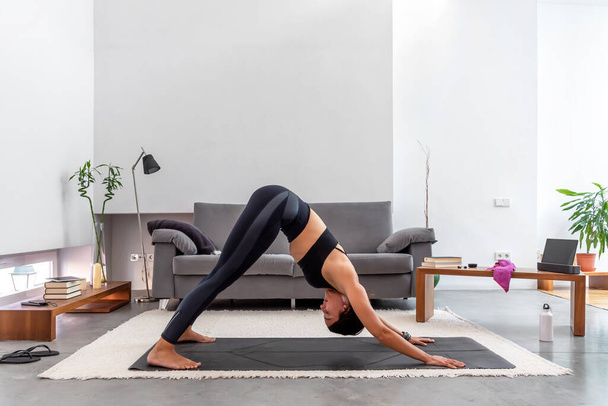
Adho Mukha Svanasana: Practice Every Day, Get the Best Benefits!!
Introduction to Adho Mukha Svanasana:
Other names for the position include “Downward Facing Dog Pose” and “Bent-Head Dog Pose.” Adho Mukha, which meaning “Face indicating Downwards,” is an amalgamation of three separate Sanskrit terms. Svan denotes “Dog,” and Aasana denotes “Pose.” In essence, the entire stance resembles a dog crouching in front or having its head pointed downwards.
It is an orientation of forward bent when the human body assumes the form of a reversed “V.” While the hip region is raised towards the sky, the hands and feet are planted firmly on the floor. The body feels stretched out in different places. It enhances the body’s circulation and strengthens the digestive tract.
This pose is sometimes utilised by instructors as a resting medium between positions. This position is easy enough for novices to perform. Whenever you are aware of the downward dog benefits, you will undoubtedly incorporate it into your regular practise.
Steps to Do Downward Facing Dog Pose:
This aasana is quite easy to do even for the newbies. But once you start, you will definitely reap the downward dog benefits. The step-by-step procedure for doing this aasana is given below:
- Place a yoga mat on the floor.
- Be into all fours position by placing hands, knees, and toes on the mat, i.e. make a shape of the table with your back representing the top of the table.
- Lower down your head while keeping it between your arms.
- Breathe out, lift the knees gradually, and lift your hip area upwards.
- Your arms and legs should be straight and should not bend at elbows and knees respectively.
- Keep your neck down all the time and keep looking towards your navel.
- Deep breathing should continue till you maintain this position. Stay for 5 breaths.
- To exit this posture, exhale, gently flex the knees, and then resume where you started.
Modifications to Adho Mukha Svanasana:
Despite the fact that this stance is simple, some of you might have trouble performing it correctly. There are several adjustments that may be made for such people. The changes are as follows:
- You may maintain your knees in a bending position if your hamstrings are tight.
- You may elevate one of your legs and extend it upwards to take the position up a level and make it more tough.
- Yoga blocks, which may be placed under one’s head or underneath the hands, can be used if you’re a novice and want to make aasana a little simpler.
- If retaining stability gives you anxiety, perform this posture with the assistance of a wall.
Adho Mukha Svanasana Benefits Revealed:
This asana offers huge benefits. Some Adho Mukha Svanasana Benefits are mentioned below:
- Abdominal and core muscle toning.
- Muscles in the core are strengthened.
- A decrease in abdominal fat.
- Joint and bone strengthening.
- Building up the muscles in the hamstrings, calf and shoulders.
- A boost in blood flow to the brain.
- Arms that are stronger and more toned.
- Posture restoration.
- A decrease in persistent back discomfort, particularly in the lower part of the back.
- A decrease in tension and worry as more blood begins to flow to the head; a soothing of the mind.
- Relieving neck-related stress.
- Rejuvenating and energising for the body.
- Growing the lungs bigger and strengthening the chest muscles.
- Expansion of the spine.
- Patients with medium blood pressure benefit from decreasing high blood pressure.
- Decreasing the heart rate.
- Excellent for the nervous system’s wellness.
- Relief from persistent pelvic discomfort.
- Minimising the constipation issue.
- Tendonitis treatment.
- Enhancing the gastrointestinal system.
- Minimising ankle and leg discomfort.
- Easing the discomfort of inhalation.
Who should not Attempt the Downward Facing Dog Pose?
The following folks shouldn’t try this pose:
- If you happen to struggle with elevated blood pressure.
- In the event that you have carpal tunnel syndrome.
- If you’re suffering from weakened eye capillaries or detached retina in one or both of your eyes.
- In the event that you have shoulder issues or have had a shoulder injury.
- When you experience diarrheal problems.
- If you’re expecting.
- In case you experience headaches.
- If one has sustained wrist damage.
Conclusion:
This yoga position should be a part of your regular programme regardless of whether you suffer from the aforementioned issues or not. You will receive a plethora of advantages from it.

